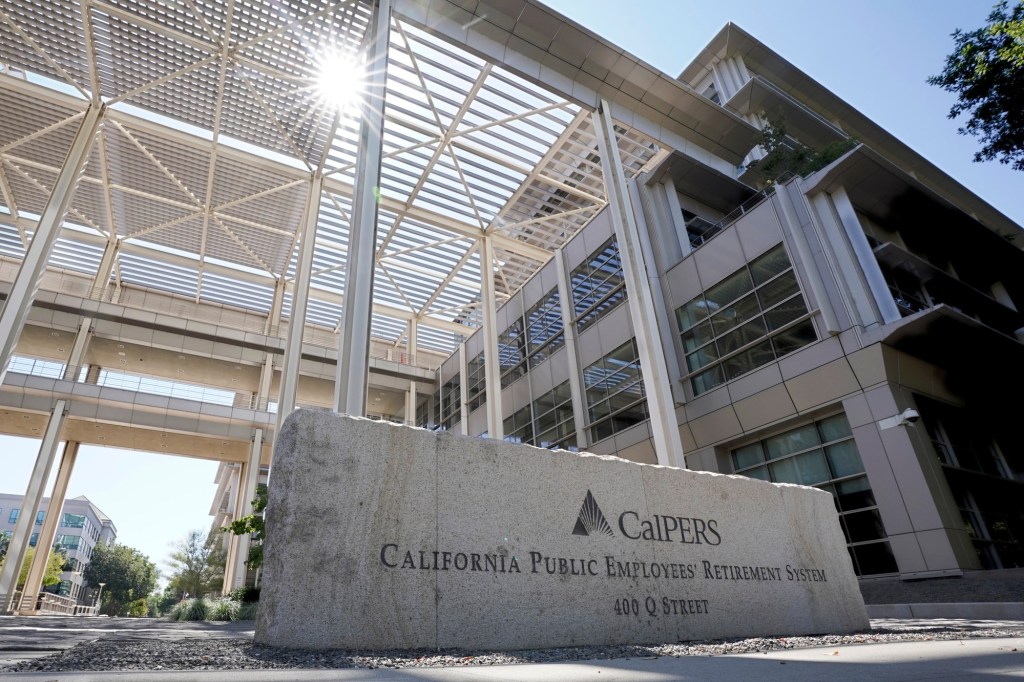
Several troubling bills in the California legislature are aiming to reverse critical cost-containment and risk-management public pension reforms that have stabilized the state’s pension systems and improved its fiscal outlook.
In 2012, then-Gov. Jerry Brown led an effort to reform the state’s ailing public pensions. The resulting law, the Public Employees’ Pension Reform Act (PEPRA), set limits on increasing public pension benefits, which had been a major driver of debt. Since then, the California Public Employees’ Retirement System, the largest public pension fund in the United States, estimates PEPRA has already saved Californians $5.8 billion, with an additional $26.5 billion in savings projected over the next decade.
Undoing these pension reforms would be a costly mistake, as it would reintroduce the problems that drove California’s pension liabilities to crisis levels in the early 2000s. Assembly Bills 1383 and 569, and Senate Bill 443, would allow for enhanced pension benefit formulas, the return of supplemental defined benefit plans, and expand flexibility for Joint Powers Authorities to offer legacy-style pension benefits. Each of these proposals would circumvent critical limits established in PEPRA to protect taxpayers.
Proponents of undoing the reforms argue that pension benefit increases are needed to help recruit and retain public workers, particularly in public safety roles. However, these assertions are not backed up by data.
California’s state and local government turnover rates remain significantly lower than national public sector averages and the overall workforce turnover rates in California and nationwide. According to the California Total Compensation Survey, turnover among state and local employees has remained remarkably stable over the past decade. Between 2016 and 2023, California’s public employee turnover rate averaged just 7.1%, indicating no systemic crisis. By contrast, the national average turnover rate for non-education state and local government workers during the same period was nearly three times higher, averaging 20%.
Breaking down California’s public employee turnover reveals that less than half of separations, just 40.5%, are due to voluntary resignations. Nearly half, 48.6%, are retirements, and 10.8% are involuntary separations, such as layoffs and dismissals.
The voluntary quit rate, which is perhaps the best measure of workforce retention, has remained low and steady. From 2016 to 2023, California’s public employee voluntary quit rate averaged only about 3%, significantly lower than the national public sector quit rate of 10.5%.
Claims about law enforcement recruitment and retention are also a significant part of the effort to unwind PEPRA reforms. But, according to the California Department of Human Resources’ 2023 Total Compensation Survey, the turnover rate for Bargaining Unit 7, which represents state law enforcement personnel responsible for public safety functions, including emergency response, patrol, criminal investigations, and regulatory enforcement, was 7.5%. This is effectively identical to the 7.4% rate observed across California’s broader public workforce. Both rates are well below the national turnover rate of 18.5% for non-education state and local government workers that year, as reported by the Bureau of Labor Statistics.
The data indicate that there is no recruitment and retention crisis in California’s public sector. If state lawmakers still believe they must do more to attract and retain existing law enforcement workers, research overwhelmingly suggests that higher salaries are more effective than pension increases. Direct pay increases are more attractive to both prospective and current employees, offer greater financial transparency, avoid the long-term financial risks associated with public pensions, and yield better returns on taxpayer dollars.
In contrast, proposals to undo PEPRA reforms and expand public pension benefits would be a financially risky decision that likely saddle future generations of taxpayers with more debt.
Before undoing successful pension reforms that have saved taxpayers billions of dollars and improved the stability of the state’s retirement systems, lawmakers should reconsider whether there truly is a problem at all. If so, they should explore more targeted solutions, such as salary increases, that would more cost-effectively address workforce concerns without risking massive increases in public pension costs and debt.
Mariana Trujillo is a policy analyst with Reason Foundation’s Pension Integrity Project.



